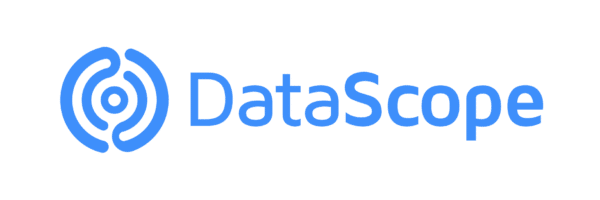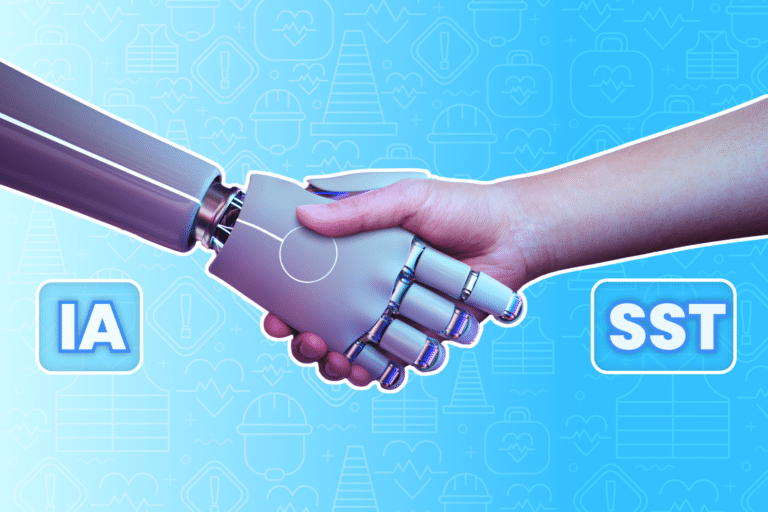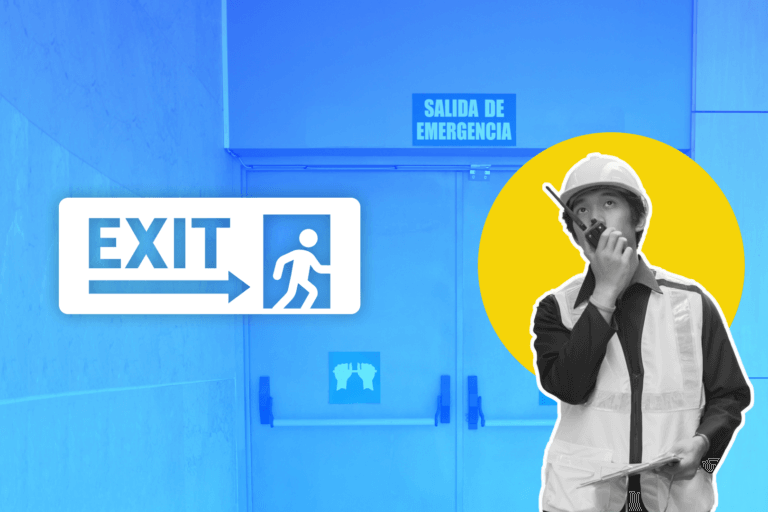The ISO defines facilities management as the “organizational function which integrates people, place and process within the built environment with the purpose of improving the quality of life of people and the productivity of the core business.” Effective facilities management operations have to meet the highest, standards which means that processes have to be completed to the same level all the time.
How can facilities managers assure consistency and control over all activities? Until recently, they were using paper-based handbooks and checklists to guarantee that everything was under control and to take note of issues and processes that must be optimised. Using this method, managers did not have access to real insights particularly if they were not based at the locations where staff was working. Therefore, they couldn’t guarantee that employees were carrying out their tasks as they expected. Paper-based checklists can only provide a limited picture of the situation, that is why an increasing number of companies are moving to digital checklists
Digital checklists
Going digital gives managers a preeminent control of the operations and data because it allows staff to share information with the headquarters from wherever they are. Therefore, managers have a real-time view of what is going on the ground.
Digital checklists not only provide greater visibility; they also help organization to ensure that any issue is sorted promptly and effectively. There is no need to manually enter information into spreadsheets, which can cause delays and errors.
The goals of facility management
The duties of facilities managers include:
- Ensure operations run efficiently.
- Look after the safety of workers and customers.
- Meeting building standards and government regulations.
- Boost productivity and save resources.
As we can see, facilities management covers a wide range of disciplines, and digital checklists can help with all of them. Here are four examples of how the use of this tool can increase efficiency and ensure compliance with policies and procedures.
-
Security
Safeguarding a building and keep the business premises secure could be easier deploying digital checklists that provide access to a digital record of when checks have been carried out, who has done the inspection and which are the most recurrent issues. If there are any critical issues, they should be resolved as soon as possible, before start affecting the businesses badly. By adopting proper workplace security solutions, you can run your business smoothly and accomplish the desired business goals.
-
Health and safety
The facility management department has to control and manage safety related issues. Failure to do so may lead to unhealthy conditions leading to employees falling sick, injury, loss of business, prosecution and insurance claims. Developing a comprehensive health and safety checklist is an important first step to create a safe workplace. Identifying potential hazards and developing procedures to handle them will ensure the safety of your employees and show your commitment to the implementation of a culture of safety in your workplace.
-
Cleaning
Ensuring that all relevant parts of a building are inspected and cleaned thoroughly is a key part of running a building. Digital checklists provide a timestamped record of when inspections took place, and can be used to guide staff through the process of what needs to be cleaned, and how. From a legal and compliance point of view, having a digital record shows that the job has been actually done at a precise time by a specific worker.
-
Ensure business is running smoothly
Facility managers need to carry out daily inspections to make sure that the premises are operating as they should on a daily basis. This include basic tasks such as switching o and off lights in specific areas, distributing post or replenishing the vending machines. Using digital checklists help them to remember what they need to do and keep a record the tasks that have been completed.
The bottom line
Facilities managers are in charged of the day-to-day maintenance, contingency plans upgrades identification of potential issues before they happen and the implementation of solutions to problems as quickly as possible. They also need to provide guidance to the staff to ensure that all the tasks are completed on time, and to the right standards. Moving to digital checklists support these processes, allowing greater control and making the operations more efficient. Facility management is a difficult coordination of everything that is going on within a facility. However, this task has become much more manageable and effective through the use of digital tools such as digital checklists and facility management software.
DataScope is a platform which allows various industries to streamline, organize and evaluate the work of their field staffs thanks to online forms which provide real time indicators 100% adaptable to any field.








